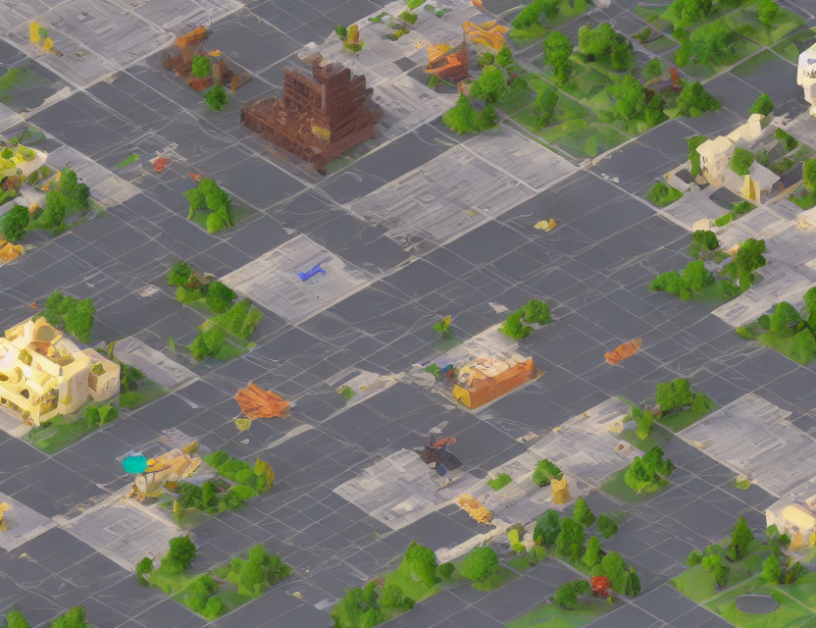The article discusses the development of a language diarization (LD) system for code-switching speech, which is a significant challenge in natural language processing due to its complex and rapid nature. The authors aim to extend an existing multilingual corpus by investigating the use of end-to-end LD systems to aid in this task.
Background
Code-switching is common in many languages, particularly in informal settings like soap operas. It involves switching between languages within a single sentence or even within words. This makes it challenging for language diarization systems, which require accurate identification of language boundaries. The authors note that previous work has mainly focused on monolingual corpora, making it difficult to generalize these models to code-switching speech.
Methodology
The proposed LD system aims to parallelize the process by identifying language boundaries within individual utterances. This is achieved through the development of a simple end-to-end LD system that can be applied to code-switching speech. The authors investigate the effectiveness of this approach in improving the accuracy of language diarization compared to traditional methods.
Results
The study evaluates the performance of the proposed LD system on a code-switching corpus containing soap opera speech. The results show that the end-to-end system outperforms traditional methods, with an average relative decrease in performance between tasks of 10.80%. Additionally, the authors find that longer utterances result in better diarization accuracy due to the increased availability of contextual information.
Conclusion
The study demonstrates the potential of end-to-end LD systems for code-switching speech recognition. By parallelizing the process within individual utterances, these systems can improve the accuracy of language diarization compared to traditional methods. The authors note that while code-switching speech remains a significant challenge in natural language processing, the proposed approach offers promising results and highlights the potential for future research in this area.



